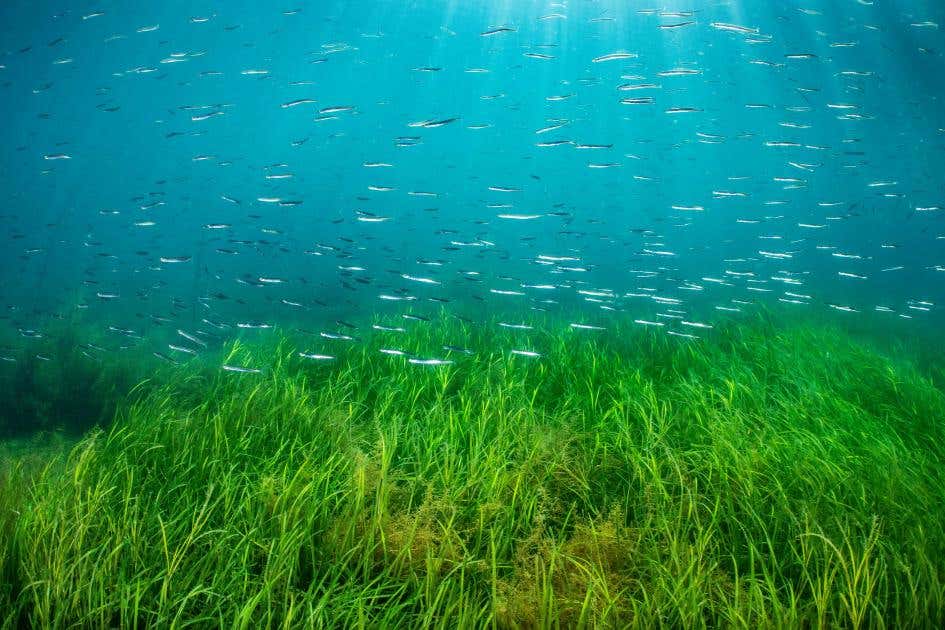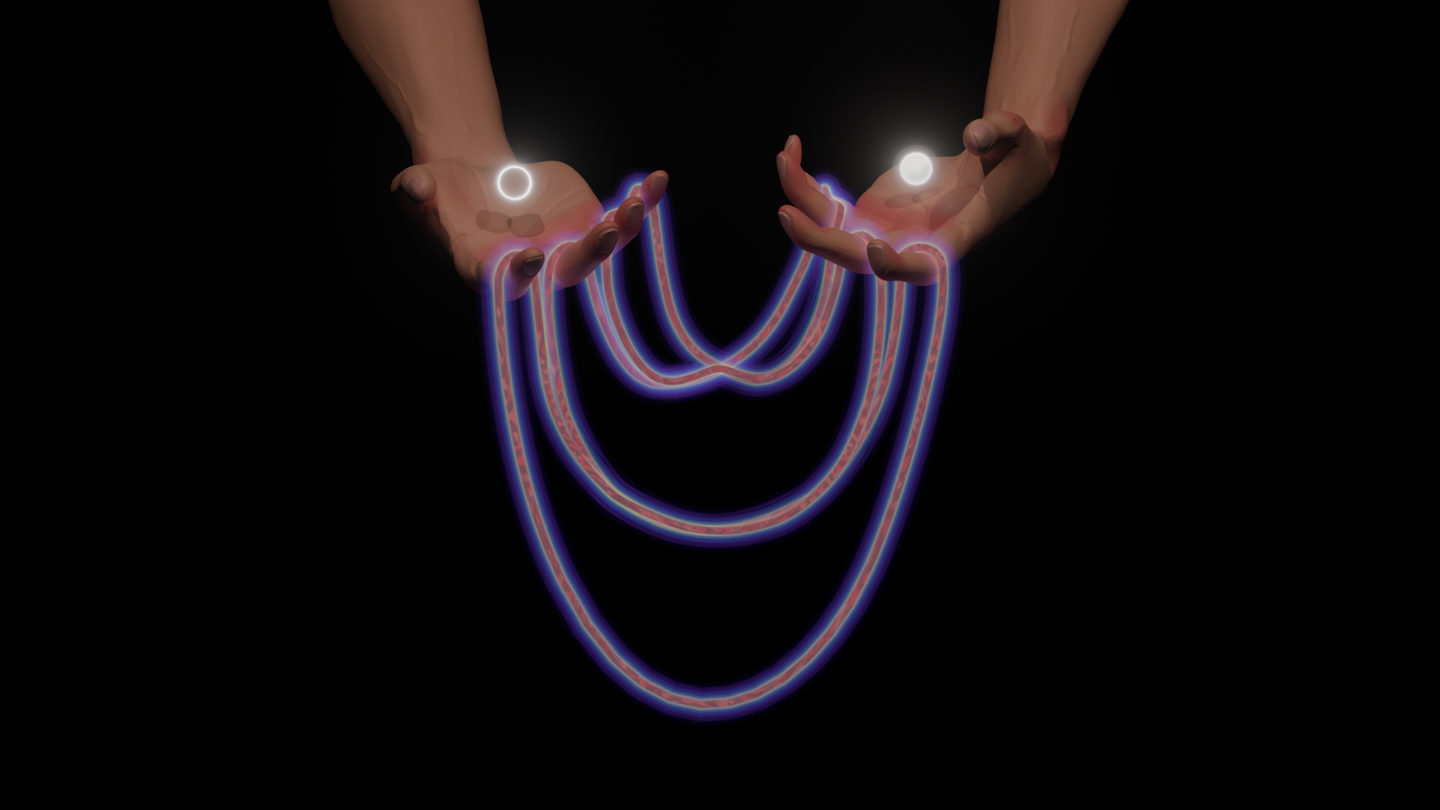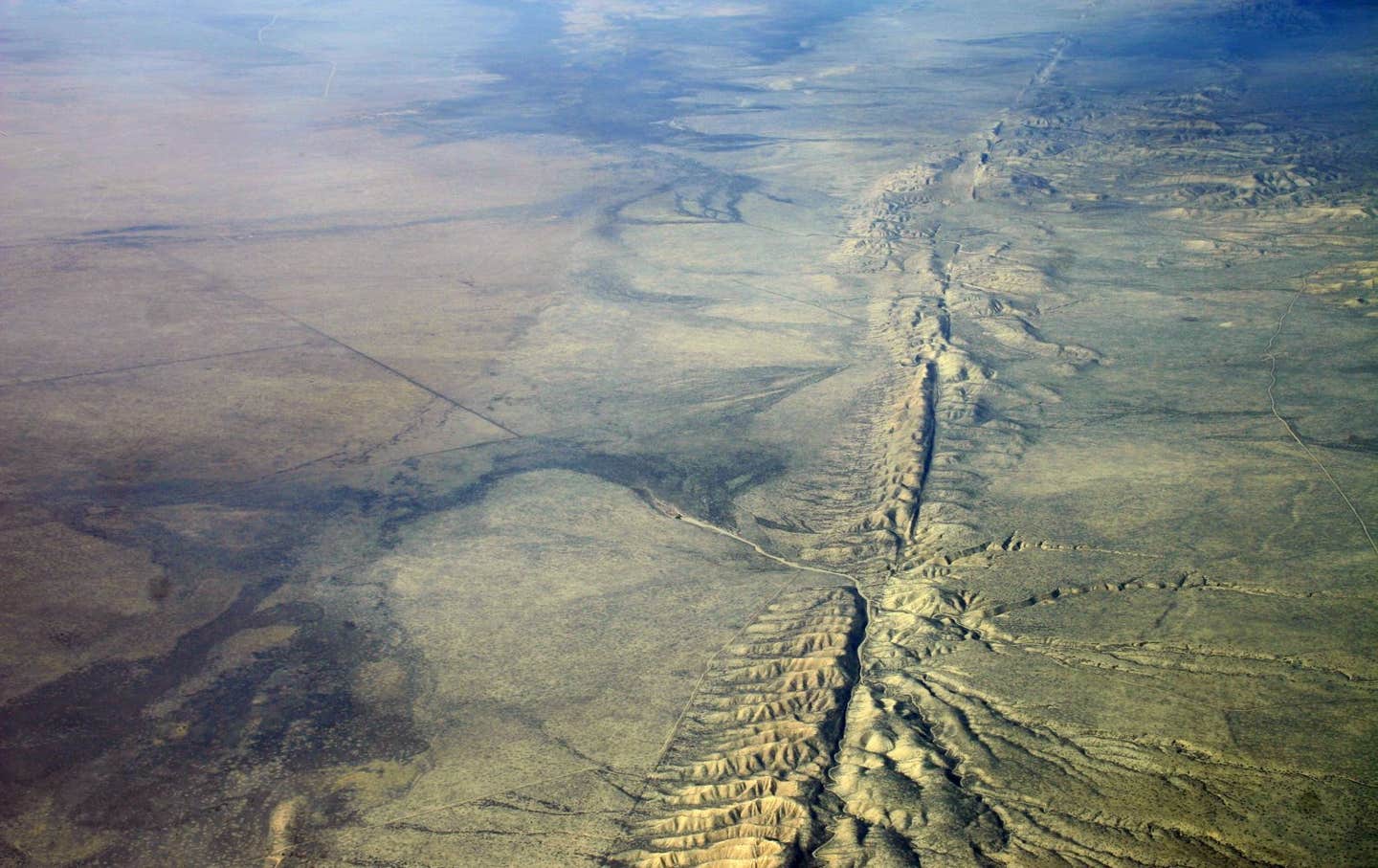The Untapped Potential of Ocean Resources: A $250 Billion Opportunity from Seagrass
Research is now shedding light on the importance of seagrass ecosystems and their significant contributions to our planet.

[Jan. 10, 2024: JD Shavit, The Brighter Side of News]
Research is now shedding light on the importance of seagrass ecosystems and their significant contributions to our planet. (CREDIT: Creative Commons)
As discussions surrounding valuable yet endangered ocean ecosystems often revolve around coral reefs and coastal mangrove forests, the humble seagrass meadows have been largely overshadowed.
However, a groundbreaking study led by the University of Michigan is now shedding light on the importance of seagrass ecosystems and their significant contributions to our planet.
For the first time, this research assigns a dollar value to the myriad services offered by seagrasses throughout the Caribbean. These underwater meadows, largely unnoticed until now, play a pivotal role in various aspects, from protecting against storms and providing a habitat for marine life to acting as a reservoir for carbon, mitigating climate change.
Caribbean seagrass off the coast of Abaco, the Bahamas, with several white grunt fish. (CREDIT: Bridget Shayka)
Utilizing newly accessible satellite data, the scientists reveal that the Caribbean is home to approximately half of the world's seagrass meadows by surface area. Even more astonishing, these meadows contain around one-third of the global carbon stored within seagrass ecosystems. The economic value they bring to society annually is a staggering $255 billion, with an astounding $88.3 billion attributed to carbon storage alone.
In a startling revelation, the study finds that the value of ecosystem services provided by seagrasses in the Bahamas surpasses the country's entire gross domestic product for the year 2020 by over 15 times. Lead author of the study, Bridget Shayka, a doctoral student in the U-M Department of Ecology and Evolutionary Biology, emphasizes the global significance of Caribbean seagrass beds.
She states, "Our study is the first to show that seagrass beds in the Caribbean are of global importance in their areal extent, in the amount of carbon they store, and in the value of the economic services they provide to society."
Related Stories
These findings underscore the urgency of conserving and safeguarding these vital but increasingly threatened ecosystems, which are crucial allies in the ongoing battle against climate change.
One intriguing approach to prioritize seagrass conservation is to incorporate these lush underwater meadows into global carbon markets. By implementing projects aimed at minimizing loss, expanding their coverage, or restoring degraded seagrass beds, we can harness the potential of "blue carbon" offset credits, which monetize the carbon stored in coastal and marine ecosystems.
The concept of blue carbon offset credits holds immense potential for several reasons. Many island nations, already grappling with the effects of climate change, including intensified hurricanes and rising sea levels, possess extensive coastal ecosystems rich in carbon storage capacity. These credits could enable wealthier countries to offset their contributions to human-induced climate change while simultaneously benefiting the economies of affected nations and aiding in the conservation of these fragile coastal ecosystems.
Caribbean seagrass off the coast of Abaco, the Bahamas. (CREDIT: Bridget Shayka)
Seagrass meadows are under constant threat from various sources, including coastal development, chemical pollution, recreational activities, shipping, and the ever-looming specter of climate change. Jacob Allgeier, a marine ecologist and senior author of the study, stresses the importance of seagrass ecosystems for carbon storage and sequestration, making them an emerging market for blue carbon. He notes, "To date, a fundamental impediment to both evaluating seagrass and promoting it in the blue carbon market has been the lack of thorough seagrass distribution data."
In their groundbreaking study, the U-M-led research team utilized newly available seagrass distribution data collected by small DOVE satellites from the PlanetScope constellation. They classified Caribbean seagrass ecosystems as either sparse or dense and estimated the carbon content in plants and sediments, focusing on the dominant seagrass species in the region, Thalassia testudinum.
Caribbean seagrass off the coast of Abaco, the Bahamas. (CREDIT: Bridget Shayka)
The researchers then calculated the conservative economic value of seagrass ecosystem services in the Caribbean, considering factors such as food production, nursery habitat for marine life, recreational opportunities, and carbon storage. Species like grouper, queen conch, and lobster rely on Caribbean seagrass, along with green sea turtles, tiger sharks, and manatees.
To determine the dollar value of carbon stored in Caribbean seagrass beds, the researchers employed a rate of $18 per metric ton of carbon dioxide equivalents, drawn from California's cap and trade program. The study also provides individual country estimates, revealing the Bahamas as the leader with 61% of Caribbean seagrass and Cuba as the second-largest contributor, covering 33% of the region.
The remarkable value of carbon stored in seagrasses highlights the potential for blue carbon finance to incentivize the global community to invest in conserving and protecting these vital ecosystems.
With over 60 species of seagrasses flourishing in shallow coastal waters worldwide, these ancient plants, descended from terrestrial ancestors that recolonized the oceans millions of years ago, offer a beacon of hope for combating climate change.
In a separate study, Allgeier and colleagues demonstrate that constructing artificial reefs in the Caribbean can serve as a protective shield for seagrass ecosystems, safeguarding them from human impacts such as nutrient pollution and overfishing.
Seagrasses, through photosynthesis, capture carbon dioxide from the atmosphere and store it in their tissues.
Caribbean seagrass off the coast of Abaco, the Bahamas, showing roots and sediments beneath the grasses. More than 90% of the carbon stored in seagrass beds is in the top meter of sediment. (CREDIT: Katrina Munsterman)
They slow decomposition by trapping sediments, resulting in over 90% of the carbon in seagrass beds residing in the top meter of sediment. While Caribbean seagrasses and their associated sediments hold an impressive 1.3 billion metric tons of carbon, this figure remains relatively modest compared to the carbon stored in Amazonian forests and temperate forests worldwide.
By recognizing and prioritizing their conservation, we can harness the power of "blue carbon" to mitigate climate change, protect coastal communities, and preserve these essential underwater habitats for generations to come.
For more environmental news stories check out our Green Impact section at The Brighter Side of News.
Note: Materials provided above by The Brighter Side of News. Content may be edited for style and length.
Like these kind of feel good stories? Get the Brighter Side of News' newsletter.



